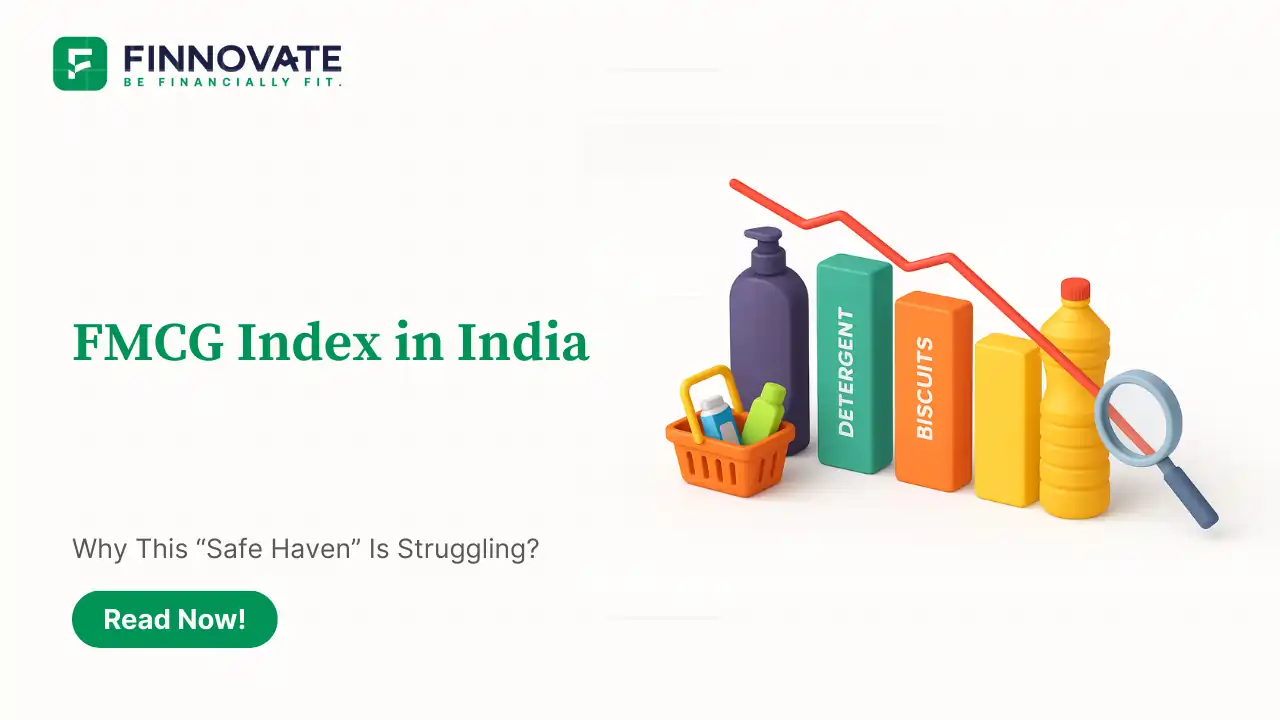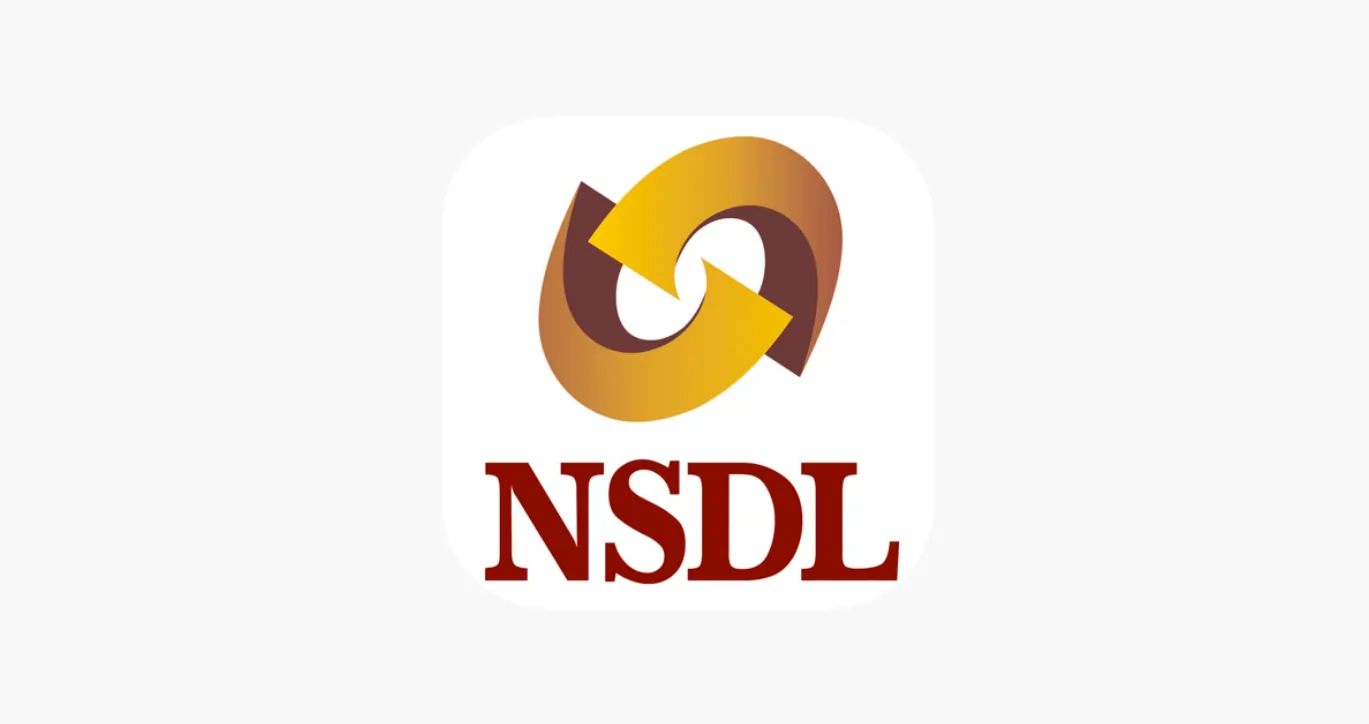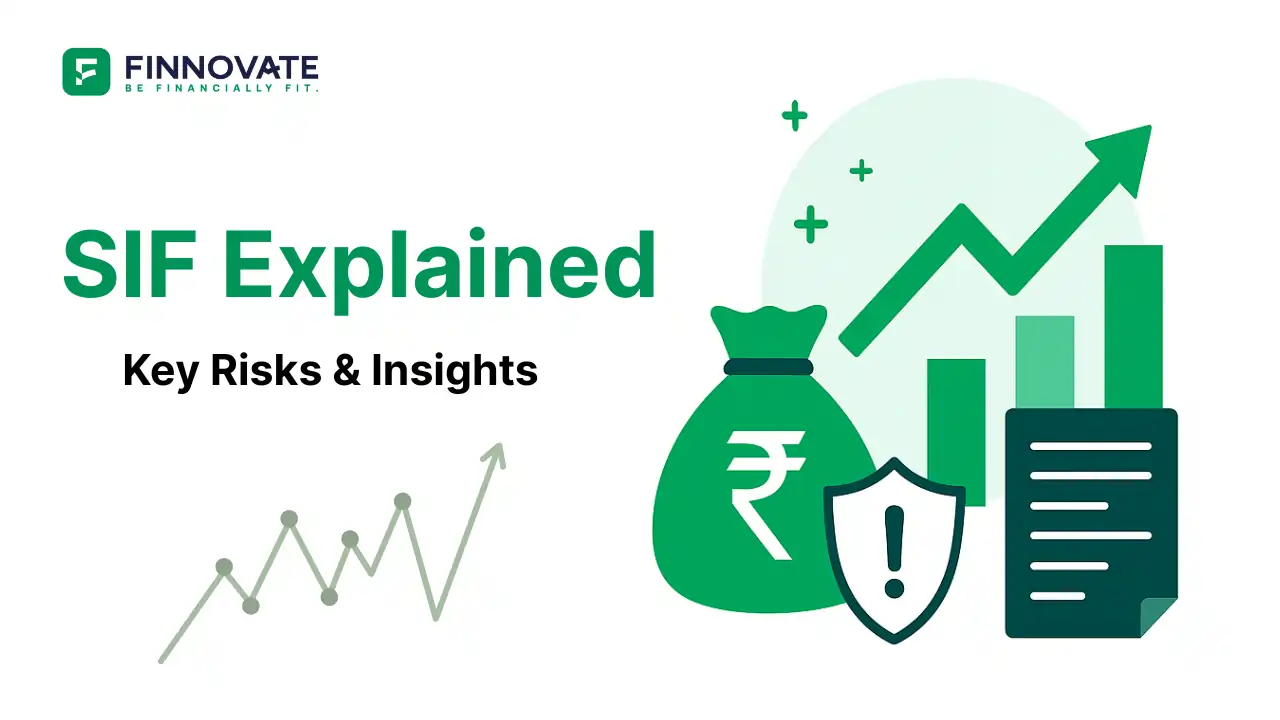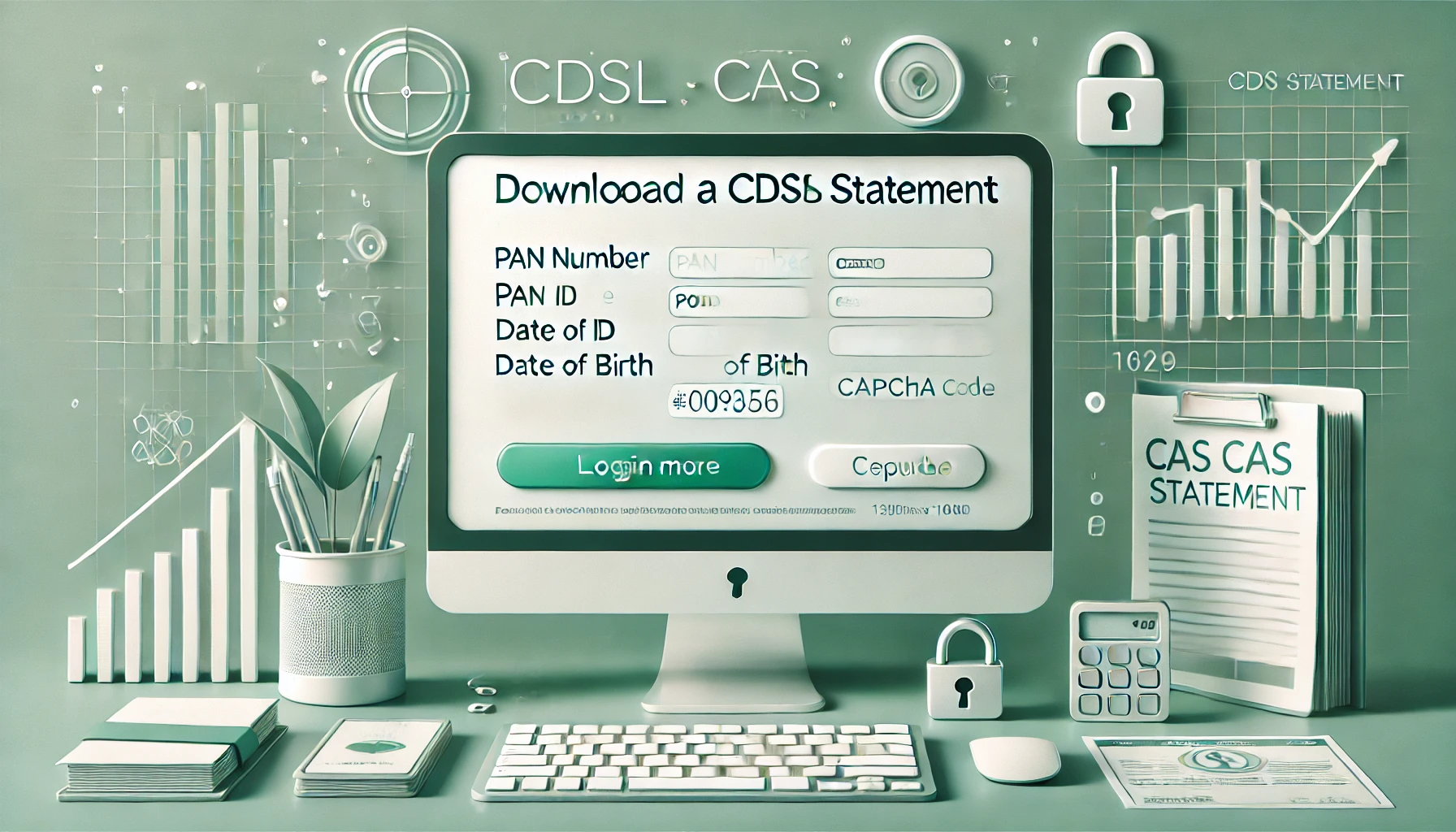
Why the FMCG Index in India Is Struggling Now
The FMCG index in India has slipped from its 2024 peak. See what changed in volumes, prici...
At the entry level, there are mutual funds with low entry barriers but the products are not too customized. At higher levels, we have portfolio management services (PMS), where the portfolios are individually customized, but they come with higher fees and a higher cut-off. While the minimum investment for mutual funds is as low as ₹5,000 for an NFO or ₹500 for a SIP / Regular purchase; the entry barrier for PMS is normally around ₹50 lakhs. Still higher on the scale are alternate investment funds (AIFs), where the entry cut-off can be as high as ₹1 crore.
This puts PMS and AIFs outside the purview of most retail investors. The need of the hour was a product in between, which would go beyond plain vanilla investing, but the entry barrier would not be too high. That is where specialized investment funds (SIFs) fit in.
Specialized Investment Funds (SIFs) offer a mid-point positioning between a plain vanilla mutual fund and a customized PMS. SIFs have a minimum investment threshold of ₹10 lakhs for an investor. However, the real difference lies in the way the portfolio of an SIF is permitted to be structured.
Let us look at some key differences between an SIF and mutual funds.
Firstly, SIFs permit more concentration in specific stocks or bonds. Today, in case of equity, MF schemes cannot have an exposure of more than 10% to a particular stock. This can go up to 15% in an SIF, so the challenge of overdiversification is addressed.
Secondly, in case of bonds, the maximum exposure to a single issuer is 10% for mutual funds. However, in the case of SIFs, this limit stands raised to 20%. In special cases, this limit can be further enhanced to 25% with appropriate board approvals.
Thirdly, SIFs offer greater flexibility in allocation to alternate assets. In the case of mutual funds, the maximum exposure to REITs/INVITs is 10%. This limit stands enhanced to 20% in the case of SIFs. This gives more leeway to the fund manager for opportunistic allocation of funds to promising asset classes.
Interestingly, there are 2 areas where the SIF gazette notification is silent on.
In the original draft document presented by SEBI, the regulator had suggested allowing SIFs to structure derivative strategies like spreads, straddles etc to capitalize on sharp market movements. This would have been a genuine value addition since the traditional mutual funds only permit hedging of risk with derivatives or running a cash-futures arbitrage fund. Mutual funds cannot speculate using derivatives.
The second subject pertains to inverse ETFs. This was again part of the draft document put out by SEBI. Inverse ETFs are specialized high-risk ETFs where a combination of derivatives are used to create the equivalent of a short selling position in the market. This can be used to bet on a market downside, and also to hedge portfolio risk. Here again, the gazette notification is silent.
Obviously, SIFs are sophisticated products with a higher degree of risk. Hence it is important that mis-selling is avoided. Today, there are many mass-affluent persons willing to put up a deposit of ₹10 lakhs. However, the fitment and awareness levels of the client are critical too.
If you have a low appetite for risk, then SIFs are not for you. Also, if you are uncomfortable with higher volatility and relatively higher costs, then SIFs may not be the right product for you. However, investors can start off with a basic minimum allocation to SIFs, and test waters, while ensuring that the overall allocation is still in sync with your core asset allocation.
SIFs are not just a new-fangled product, but they offer a mid-point in terms of investor choice. It is positioned above mutual funds but below PMS; in terms of complexity, return potential and costs.
Here are some merits of SIFs:
SIFs address the risk of kurtosis that mutual funds are subjected to. Even when they have a strong view on a stock, MFs cannot cross the 10% threshold. The SIF offers higher flexibility in such cases and addresses kurtosis much better.
At a time when inflation is sticky, investors need higher returns to compensate for the macro risks. With its allocation flexibility, SIFs can continue to perform well, even when the markets are not fully supportive.
Diversification is a key advantage in SIFs. With the higher individual weightage in equity and debt, SIFs allow concentration in select assets. This helps to diversify a largely plain vanilla portfolio that mutual funds offer.
SIFs can address the problem of liquidity. A big challenge for investors is having liquidity when markets bottom out. That never happens in MFs. By using complex SIFs, investors can ensure profits in a fall and be liquid at market bottoms. More importantly, SIFs offer an additional choice to the discerning investors with a higher appetite for risk.
Obviously, SIFs come with some key risks too.
Firstly, concentration of portfolio can be a double edged sword. It can magnify returns on the upside, but also magnifies losses on the downside.
The second risk in Specialized Investment Funds (SIFs) is the risk of secondary market liquidity. While equities generally tend to be liquid, the same cannot be said of other assets. Private debt paper can often be illiquid. Also, strategies based on far-month options or futures can also be illiquid if the exit size is large.
Thirdly, SIFs will charge higher fees compared to mutual funds. The total expense ratio (TER) for SIFs would be much higher than active funds too. That can really pinch in a market downturn.
To be fair, the SIF regulations are still evolving and we could see more variety and choice in the coming years. SIFs are a good step in further stratifying investors into more granular segments.
Popular now

Learn how to easily download your NSDL CAS Statement in PDF format with our step-by-step g...

Explore what Specialised Investment Funds (SIFs) are, their benefits, taxation, minimum in...

Learn How to Download Your CDSL CAS Statement with our step-by-step guide. Easy instructio...

Looking for the best financial freedom books? Here’s a handpicked 2025 reading list with...